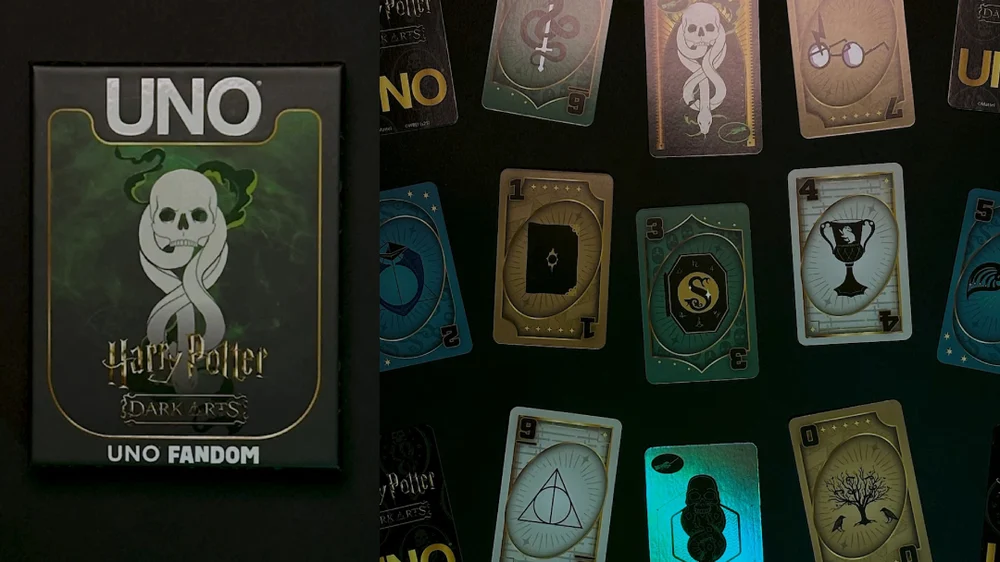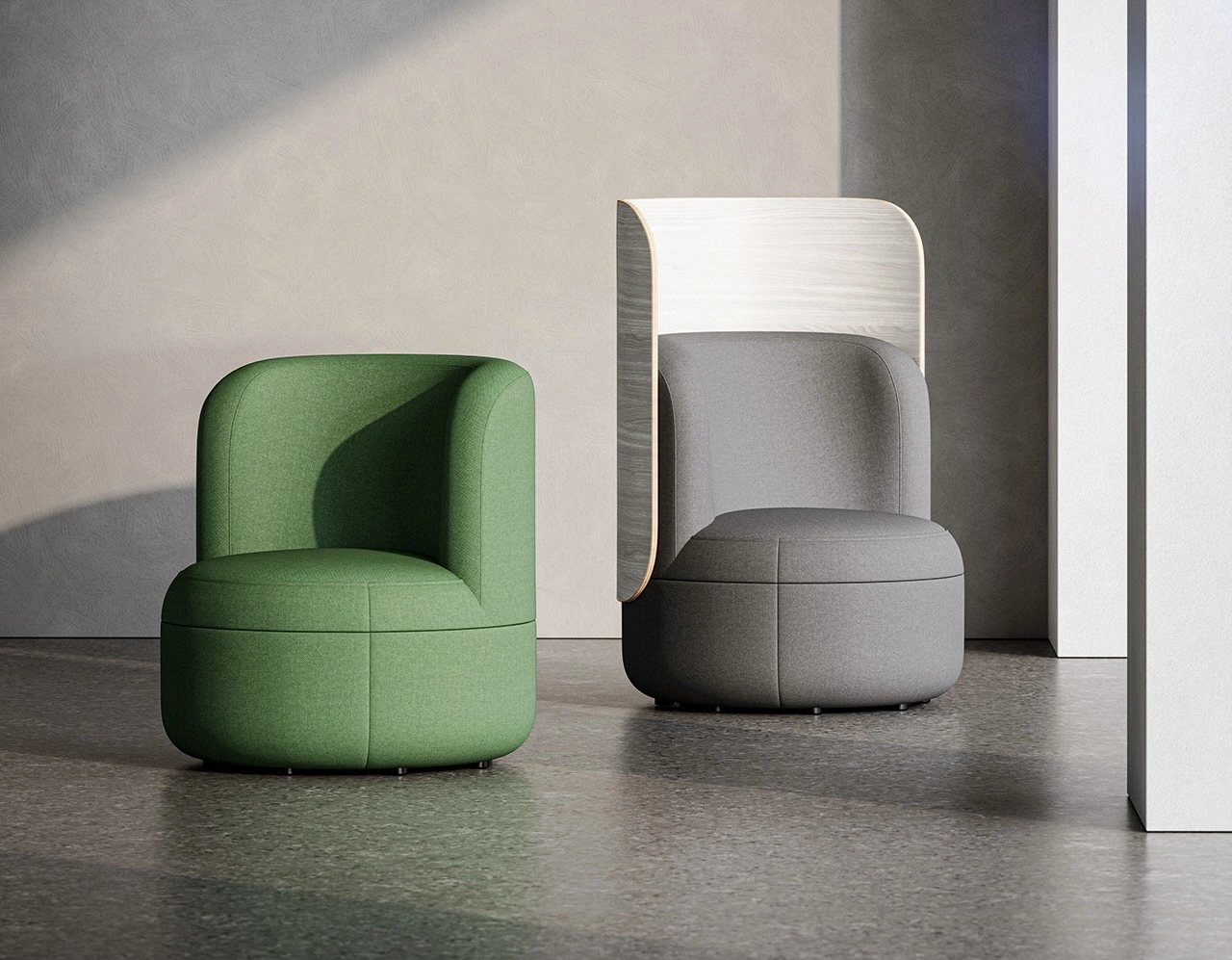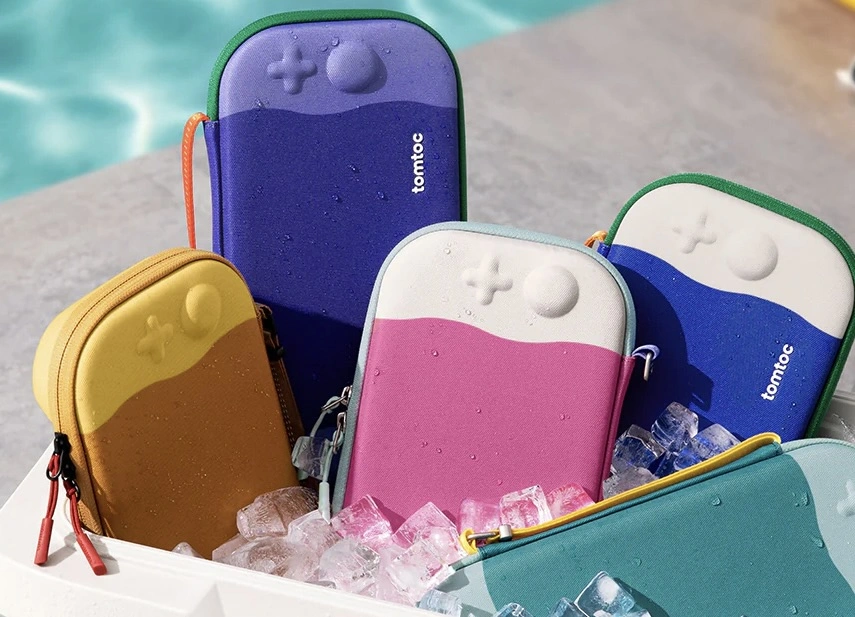PHOTO CREDIT: Gucci Official Lookbook / Product Campaign
In the ever-evolving landscape of luxury fashion, certain objects transcend their material function to become cultural artifacts—mirrors to the society that desires them. The handbag, more than almost any other fashion item, encapsulates identity, status, and narrative. With the release of the Giglio Large Tote Bag, Gucci continues its tradition of merging symbolic design with real-world functionality. At once capacious and elegant, pragmatic and poetic, the Giglio tote represents more than a mere accessory; it is an essay in Italian craftsmanship and an exploration of what it means to carry beauty today.
A Name Rooted in Bloom and History
“Giglio” is not a throwaway title. The word—Italian for lily—resonates with symbolic weight. It is the emblem of Florence, Gucci’s birthplace and artistic soul. The lily has adorned Florentine banners since the Middle Ages, standing for purity, renewal, and resilience. In Christian iconography, it represents virtue; in poetry, it becomes a metaphor for fleeting beauty and natural elegance.
Naming a bag Giglio places it within a continuum of artistic and historical reference. It’s not just a product—it’s a proposition: that luxury should be rooted in narrative. And like the lily, the Giglio Tote is deceptively delicate in appearance but robust in presence and form.
Form and Function: A Detailed Anatomy of the Tote
Design Language and Silhouette
At first glance, the Giglio Large Tote Bag exudes restraint. Unlike the more flamboyant entries in Gucci’s recent repertoire, the Giglio speaks with a soft authority. Its rectangular silhouette evokes the geometry of Bauhaus utility—but filtered through the sensuality of Italian tailoring. There’s no unnecessary hardware, no excessive branding. The GG monogram canvas, soft yet structured, forms the base fabric, accented with leather trim that outlines the bag with precision.
The dimensions are unapologetically generous—designed for those who carry more than cosmetics and credit cards. This is a tote for the woman who moves between worlds: from work to gallery, from city street to countryside retreat.
Materials and Craftsmanship
Gucci’s commitment to artisanal detailing is evident in every stitch. The Giglio tote is crafted from the house’s signature GG Supreme canvas, a low-impact material that combines coated microfiber with minimal environmental cost. The leather accents—offered in neutral tones like cream, black, and burnt cognac—are full-grain, vegetable-tanned, and subtly grained.
The interior is lined with cotton-linen twill, practical yet refined, and features multiple inner compartments for organization. Dual top handles are reinforced with internal binding, ensuring both comfort and longevity.
Details that Whisper, Not Shout
Luxury often lies in what’s left unsaid. The gold foil Gucci logo, stamped at the front, is miniature—requiring attention, not demanding it. The hand-painted edges, the gently rounded corners, the hidden magnetic closure: all are signs of a bag designed not just to be seen but to be lived with.
From Object to Identity: The Bag as Literary Motif
The tote, especially in its large format, has long served as a cultural signifier in literature and cinema. Think of Joan Didion’s ubiquitous leather tote—stuffed with manuscripts and melancholy. Or Clarissa Dalloway’s imagined morning errands in Mrs. Dalloway, her bag carrying the weight of both domestic duty and existential reckoning.
In that tradition, the Giglio Tote performs a dual role. It is a practical object, but also a container of selfhood. What one carries says much about who one is. Laptops, notebooks, lipsticks, keys to rented apartments or long-owned homes—each item becomes part of a private archive. The Giglio Tote, in its capacious elegance, is prepared to shoulder that psychic load.
Design Philosophy: The Alessandro Michele Afterglow
Although Alessandro Michele stepped down as Gucci’s creative director in 2022, his influence still lingers in the label’s design language. The Giglio Tote, while more understated than his maximalist vision, inherits his attention to historicism and symbolic layering.
The floral name. The restraint in branding. The reverence for craft. These are not accidents but echoes—deliberate nods to Michele’s principle that fashion should be “an archaeology of desire.” And though the current direction under Sabato De Sarno leans toward pared-back luxury, the Giglio bag reflects a brand in evolution, still anchored to the poetics of its past.
Styling Versatility: From Minimalist to Maximalist
What makes the Giglio Large Tote particularly remarkable is its chameleonic capacity to suit a range of wardrobes. In a post-trend fashion climate—where individuality is the dominant aesthetic—the bag’s design adapts to context.
-
For the Minimalist: Paired with a structured blazer, black trousers, and loafers, the Giglio bag serves as a quiet companion—functional, sleek, and intelligent.
-
For the Bohemian Maximalist: Styled with flowing silks, layered jewelry, and oversized sunglasses, the Giglio tote becomes a grounding element—a neutral canvas for expressive fashion.
-
For the Contemporary Professional: In the era of “power casual,” the tote’s clean lines make it ideal for those blending the corporate and the creative.
Its utility transcends style tribes. It doesn’t define a look—it supports it.
Sustainability and the Future of Luxury Accessories
Luxury can no longer afford to be indifferent to its environmental footprint. Gucci’s broader commitment to sustainability under Gucci Equilibrium is reflected in the material choices behind the Giglio bag.
-
GG Supreme canvas is not virgin leather but a coated textile, reducing the use of animal-derived materials.
-
Vegetable tanning uses plant-based agents rather than harsh chemicals.
-
Local production in Italian workshops ensures lower transportation emissions and supports traditional economies.
While no object is fully sustainable, the Giglio Tote signals a shift toward responsible luxury. It’s a step toward redefining what we consider “worth it”—not just in aesthetics, but in ethics.
Price Point and Market Position
Luxury totes often sit on a precarious axis: too utilitarian for the price, or too precious to be practical. The Giglio Large Tote Bag balances this tension. Retailing between €1,800 and €2,200 depending on finish, it positions itself in the upper-mid tier of designer accessories.
Compared to Hermès Garden Party or Saint Laurent’s Rive Gauche tote, the Giglio offers comparable craftsmanship with a more literary and symbolic richness. For the Gucci customer—educated, urban, design-literate—the Giglio is both an investment and an extension of self.
Culture
While only recently launched, early editorials and consumer feedback place the Giglio tote firmly within the “quiet luxury” conversation. It’s being lauded by fashion critics as “Gucci’s answer to the working woman’s dilemma: practical elegance with a soul.” Influencers and stylists have embraced its versatility, with features in Vogue Italia, Business of Fashion, and How to Spend It.
Its lack of ostentation may mean it won’t go viral in the traditional social media sense. But that’s part of the point. Like a novel that doesn’t shout but haunts, the Giglio tote isn’t here to trend—it’s here to last.
The Giglio as Personal Philosophy
To own a Giglio Large Tote Bag is to participate in a tradition—a lineage of Italian artisanship, Florentine symbolism, and fashion that dares to be intelligent. It’s not merely a tote, but a theory of living. It asks the wearer not just what she wants to carry, but what she chooses to carry forward: history, sustainability, elegance, and identity.
In a market saturated with noise, the Giglio whispers. And for those who listen, it says something meaningful: that true luxury is thoughtful, rooted, and ready for life.
No comments yet.









